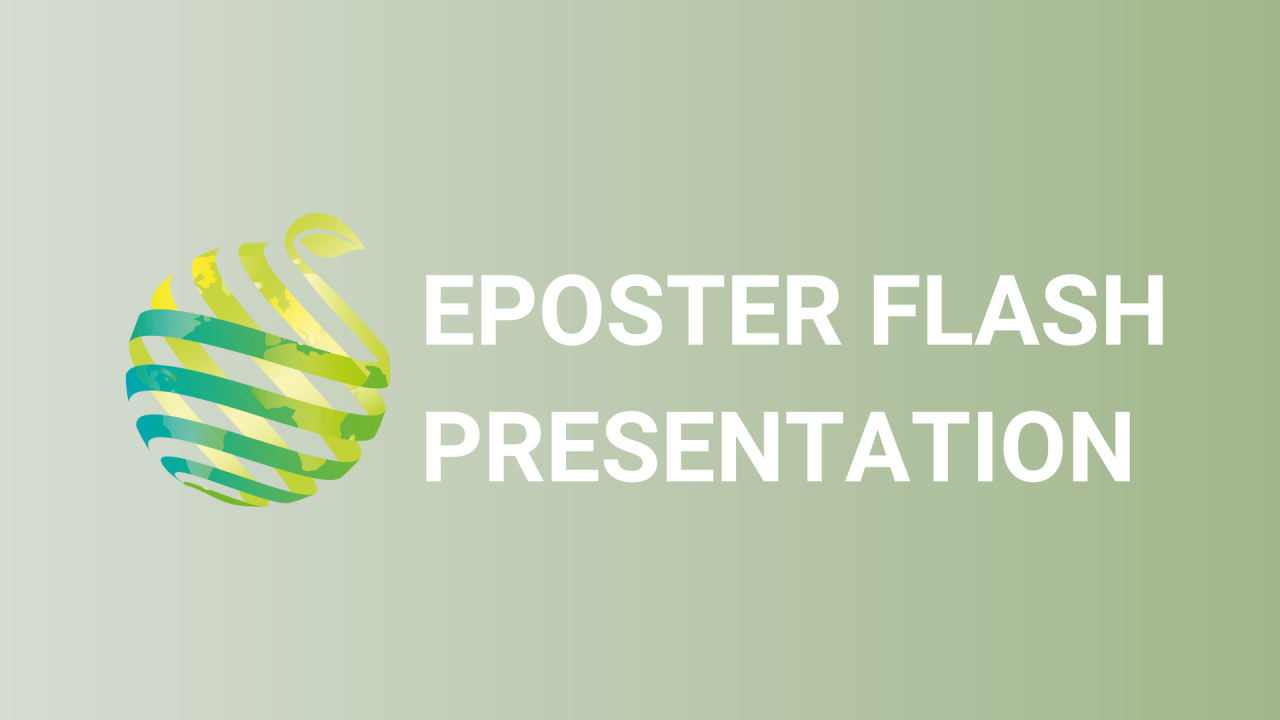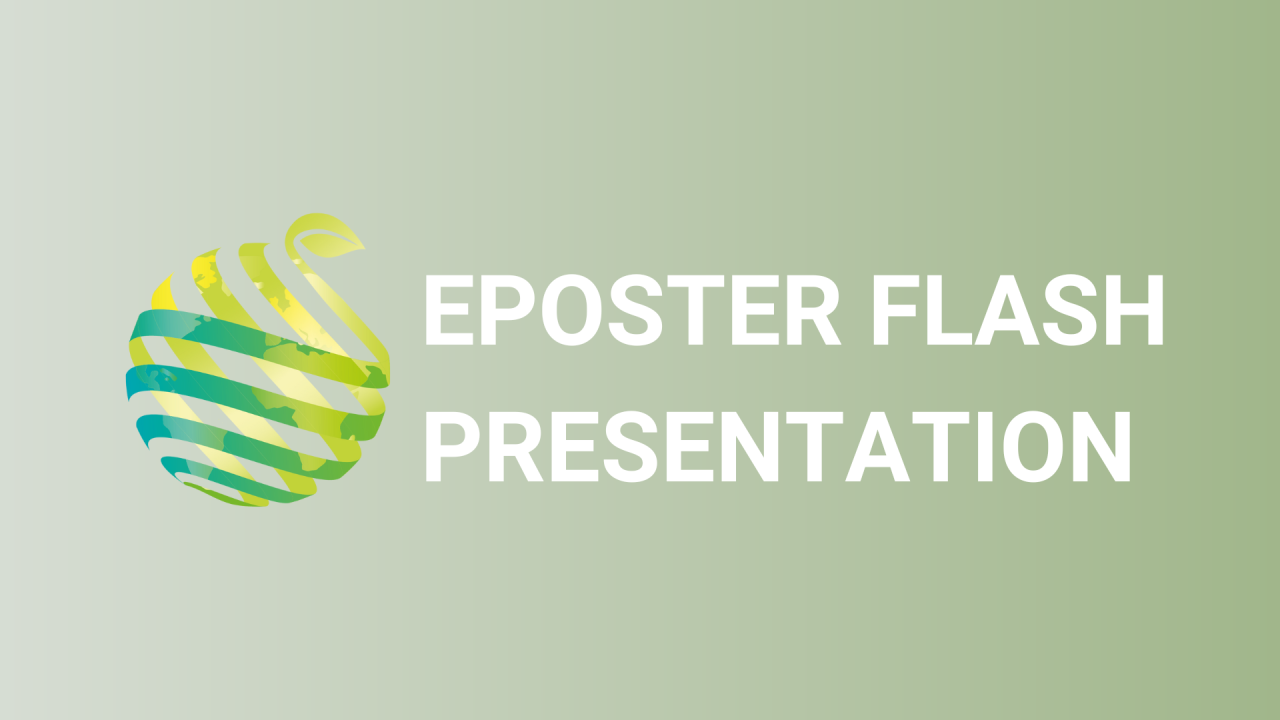

S13 - Session P3 - Soil acidifying treatments do not improve ‘Honeycrisp’ apple fruit quality
Information
Authors: Bernardita Sallato *, Hamada Hussien , Troy Peters
Bitter pit incidence in Washington 'Honeycrisp' apples can reach levels above 75%, affecting orchard profitability. High soil pH has been indicated as one of the factors that can lead to increase bitter pit incidence in arid apple growing regions. We evaluated the effect of acidifying soil amendments on 'Honeycrisp' apple quality and nutrient concentration during 2019 in eastern Washington State. Soil amendments included sulfuric acid (S) at 25 (S25) and 50 (S50) cc/tree, phosphoric acid (P) at 25 (P25) and 50 (P50) cc/tree, citric acid (C) at 50 (C50) and 100 (C100) g/tree, humic acid (H) at 100 (H100) and (H200) g/tree, fulvic acid (F) at 100 (F100) and 200 (F200) g/tree and untreated control. All treatments were applied once (June 17 th ) to four randomly selected blocks of five trees. Samples collected 11 and 26 days after treatment showed that only S25 and S50 reduced soil pH, from 6.8 to below 5.0, while iron and manganese levels were increased. Soil Ca availability was reduced by 57% with S25, while magnesium availability increased by 30% with S50. Soil soluble salts were increased 2.7 times with S50 after 11 days and 2.2 and 1.9 times with S50 and S25 respectively, after 26 days, reaching toxic levels. Similarly, S50 increased sulfur levels 5.7-fold. The F100 treatment doubled soil nitrate and increased soil copper levels by 33%. Soil phosphorous (P-Olsen) was increased 2.2, 3.0 and 5.2-fold with S25, P25 and P50 treatments respectively. However, differences in soil nutrient levels were not reflected in leaf tissue concentration. Fruit dry matter was highest with P50 and P25 compared F100, while S25, P25 and H100 had 22%, 22% and 19% increased phosphorous concentration. All other nutrients were unaffected by the soil treatments. Similarly, fruit weight, diameter and bitter pit incidence were not different among treatments, while bitter pit severity was highest with C100 and lowest with F100, F50 and S50, however none of these treatments were different from the untreated control. In this one-year study, soil amendments affected soil chemical parameters but had no effect on fruit quality.